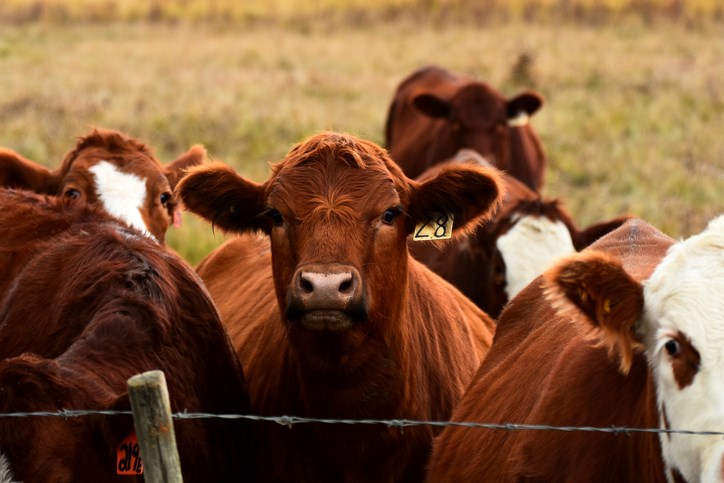What may seem ambitious goals for the beef production chain have been adopted by the Canadian Beef Advisors.
The organization, formed by beef industry players, adopted goals to 2030 for the Canadian Round Table on Sustainable Beef in three areas.
The three — greenhouse gas emissions and carbon sequestration, animal health and welfare, and land use/biodiversity — are part of seven areas where targets will be made
In 2021 targets will be set for water, beef quality and food safety, people health and safety, and technology.
Greenhouse gas emissions and carbon sequestration goals by 2030 involve safeguard of 1.5 billion tonnes of carbon stored under the land; sequestering an additional 3.4 million tonnes of carbon a year, reducing greenhouse gas intensity by 31 per cent and reducing food waste from the processor to the consumer by 50 per cent.
Achieving the goals will happen from reproductive efficiency, hay and feed grain yields, feed efficiency, carbon sequestration and less food waste.
Plans call for reproductive efficiency of 90 per cent to reach 92 per cent. Hay yields from new varieties and growing methods should reach 1.9 tonnes an acre from 1.82. Barley yields should hit 115 bushels an acre from 75 with corn, now 153 bushels, achieving 216 bushels.
Steer carcass weight is expected to average 925 pounds from the current 875.
Room for improvement comes from increasing the rate of adoption of recommended practices.
The 2016 Census of Agriculture shows between 50 and 52 per cent of beef operations had adopted computer use, tree windbreaks and rotational grazing.
Thirty-five per cent had adopted in-field winter grazing or feeding.
Only eight per cent used winter cover crops and seven per cent ploughed down green crops for fertilizer.
A mere one per cent used wind power with six per cent using solar power.
Animal care goals involve herd health management, nutritional management, preparation for feedlots, animal health and care training, feedlot management, research and new technologies.
Land use and biodiversity goals for the next 10 years include maintaining 35 million acres of native grasslands with a focus on producer viability, support of program incentives for conservation, and collaboration with other groups.
Keeping the network of natural landscapes and working ecosystems by managed grazing will maintain 68 per cent of wildlife habitat capacity on ag range lands.
Almost one-fifth of beef food is wasted between the processor and the consumer, with five per cent by processors, four per cent by retailers and 10 per cent by consumers. Education and food labelling is expected to help reduce these losses.
Ron Walter can be reached at [email protected]



-crop2.png;w=120;h=80;mode=crop)
